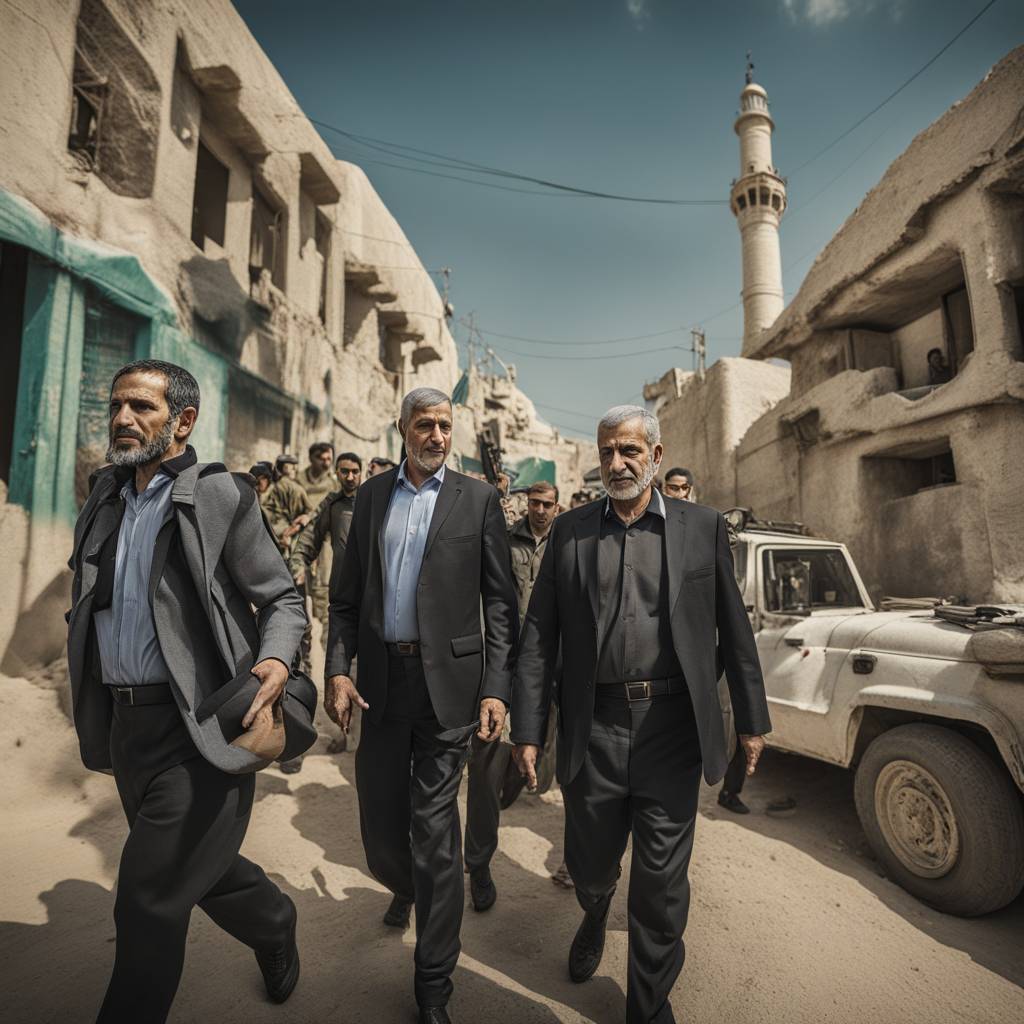A senior Hamas official admitted that the group did not have 40 living hostages in Gaza who met the criteria for an exchange under a proposed cease-fire agreement with Israel being negotiated. This assertion was relayed to Israel by a senior Israeli official and raised fears that more hostages might be dead than previously believed. Talks between Hamas and Israel had stalled amid disagreements over the permanency of a cease-fire, the return of displaced Palestinians to northern Gaza, and other issues. International negotiators had proposed an initial six-week cease-fire during which Hamas would release a first group of 40 hostages in exchange for hundreds of Palestinians held in Israeli prisons as well as other demands.
Israeli officials believed there were about 130 hostages remaining in Gaza, with Israeli intelligence officers concluding that at least 30 of those had died in captivity. It was unclear if Israel would now demand that young men and soldiers be included among the first 40 released captives, as they had been expected to wait for a later phase of the deal. This development came shortly after the Israeli military recovered the body of an Israeli hostage who was abducted during a Hamas-led attack on October 7th. The Israeli government and Hamas had previously held a brief cease-fire in November to allow for the release of around 100 hostages captured during the assault in exchange for the release of Palestinian prisoners held in Israel, providing a temporary relief from the devastating bombing campaign.
The sensitivity of the negotiations led both the Hamas official and the Israeli official to request anonymity when discussing the situation. This secrecy highlights the tense and delicate nature of the negotiations between the two parties, with the fate of hostages hanging in the balance. The uncertainty surrounding the number of living hostages and the potential inclusion of young men and soldiers in the release deal further complicates the negotiations. Both sides are likely seeking to navigate these challenges in order to reach a mutually acceptable agreement that can bring some semblance of peace to the region.
The proposed exchange of hostages for Palestinian prisoners is part of a larger cease-fire agreement being negotiated between Hamas and Israel. This agreement also includes provisions for the return of displaced Palestinians to northern Gaza and other key issues. The negotiations have faced setbacks and disagreements, but international mediators continue to work towards finding common ground between the two parties. It remains to be seen how the latest developments regarding the number of living hostages will impact the overall progress of the negotiations and whether a resolution can be reached in the near future.
The release of the first group of 40 hostages, including women, older people, ill hostages, and five female Israeli soldiers, would be a significant step towards building trust and advancing the peace process. However, the uncertainty surrounding the fate of the remaining hostages and the potential inclusion of young men and soldiers in future release phases adds complexity to the situation. Both Hamas and Israel have vested interests in securing the best possible outcome for their respective constituents, which further complicates the negotiation process. The ultimate goal is to achieve a lasting cease-fire that addresses the concerns and needs of both sides while also fostering stability and security in the region.
As the negotiations continue, the international community plays a crucial role in facilitating dialogue and promoting a peaceful resolution to the conflict. The involvement of mediators and diplomats from various countries underscores the global significance of the situation in Gaza and the broader Middle East. The successful resolution of the hostage exchange and cease-fire agreement could have far-reaching implications for regional security and stability. Despite the challenges and setbacks faced by both parties, there remains hope that a mutually beneficial solution can be achieved through ongoing dialogue and cooperation.


